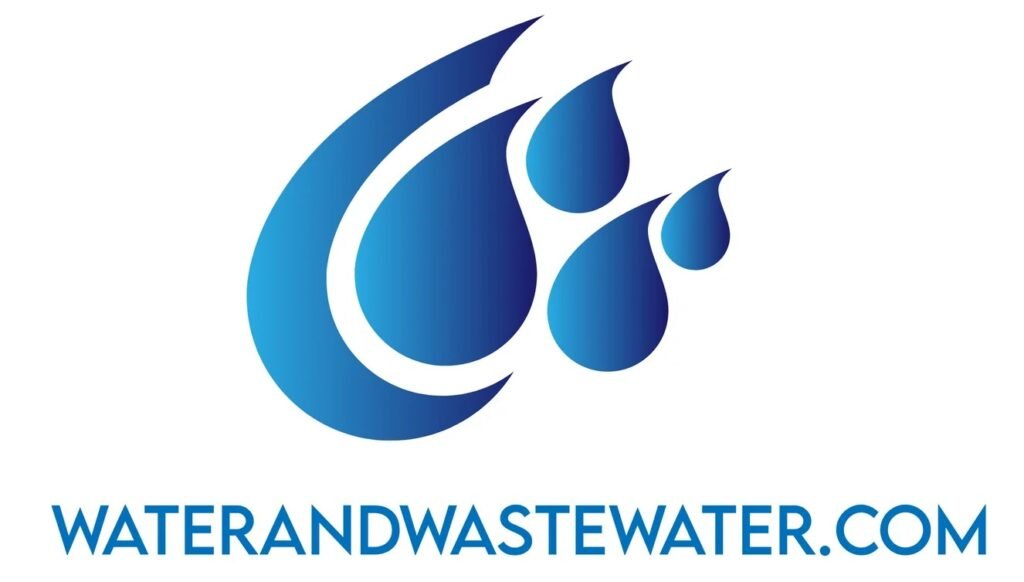Tag: treatment
Secondary Treatment of Wastewater: A Comprehensive Overview Wastewater treatment is a critical process in modern society, aimed at removing impurities and contaminants from water before it is released back into natural water bodies or reused. The treatment process is generally divided into three main stages: primary, secondary, and tertiary treatment. Each stage serves a […]
Title: An In-depth Analysis of Bubble-Electrospun Nanofiber Membranes Introduction Bubble-electrospinning (BE) is an advanced and efficient approach towards the mass production of nanofiber membranes. This modern technique has captured the attention of researchers in diversified fields such as textile engineering, biomaterials, biological engineering, nanotechnology, and chemical engineering, among others. The process of BE is a […]
Anti-fouling surfaces have become increasingly important in a variety of industries, as biofouling can have detrimental effects on the performance of materials and equipment. Biofouling is the accumulation of microorganisms, algae, and other organisms on surfaces, leading to a variety of issues such as reduced efficiency, increased drag, and degradation of materials. Traditional anti-fouling strategies […]
Aquaporin-based biomimetic membranes are a revolutionary new technology that merges the fields of biology and engineering to create highly efficient membranes for water filtration and desalination. Aquaporins are a class of proteins found in the cell membranes of living organisms that facilitate the transport of water across the membrane. These proteins have evolved over millions […]
Water is essential for life, but ensuring its purity can be challenging. Physical water treatment involves various methods to remove contaminants without using chemicals. This approach maintains water quality using mechanical processes like filtration and sedimentation. Different techniques are used for physical water treatment, each addressing specific needs. For instance, membrane filtration and activated carbon filtration […]
Clean water is essential for human survival, yet millions of people around the world lack access to safe drinking water. According to the World Health Organization, over 2 billion people worldwide drink water that is contaminated with feces, leading to the spread of waterborne diseases such as cholera, dysentery, and typhoid fever. While there are […]
The Phoenix 91st Avenue Wastewater Treatment Plant is a vital facility that plays a crucial role in the treatment of wastewater in the city of Phoenix, Arizona. With a population of over 1.6 million people, the plant serves a large and growing community with its wastewater treatment services. The facility has a significant wastewater volume […]
The Sacramento Regional Wastewater Treatment Facility (SRWTF) is a vital infrastructure asset that serves the residents and businesses in the Sacramento region. With a growing population and increased demand for wastewater treatment services, the SRWTF plays a critical role in protecting public health and the environment. Population Served: The SRWTF serves a population of over […]
In Orange County, California, the Orange County Sanitation District (OCSD) operates several wastewater treatment plants, one of which is Wastewater Treatment Plant No. 2. This plant plays a crucial role in treating and disposing of wastewater generated by the residents and businesses of Orange County, helping to protect the local environment and public health. Wastewater […]
Ultrasonic algae harvesting is a cutting-edge technology that has the potential to revolutionize the way algae is gathered for various applications, such as biofuels, food supplements, and wastewater treatment. This innovative method utilizes sound waves to dislodge and concentrate algae from bodies of water, making the process more efficient and environmentally friendly than traditional methods. […]
